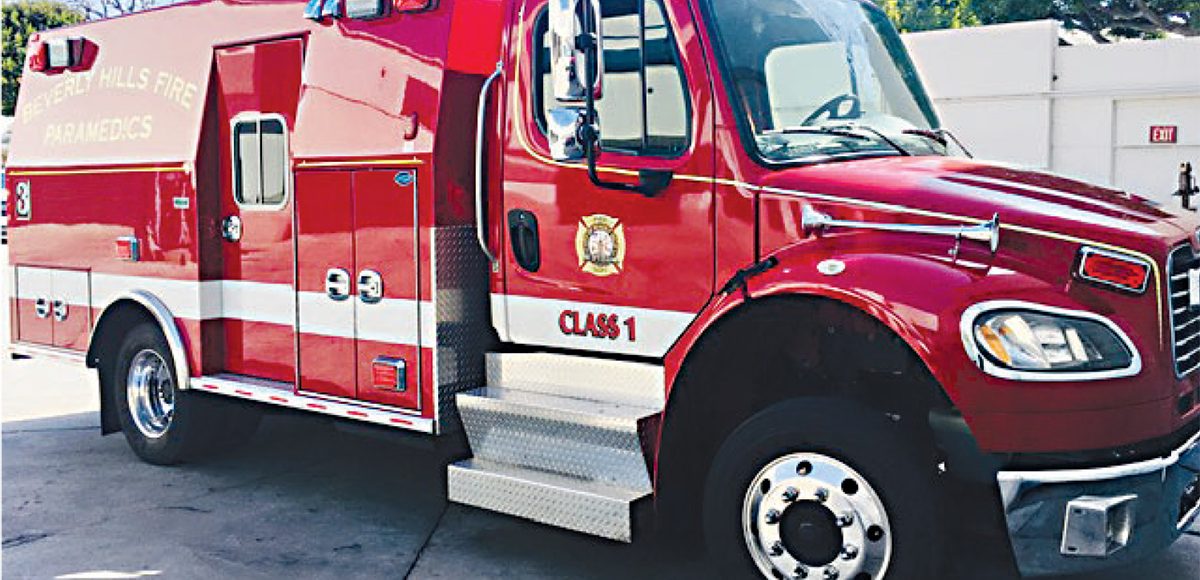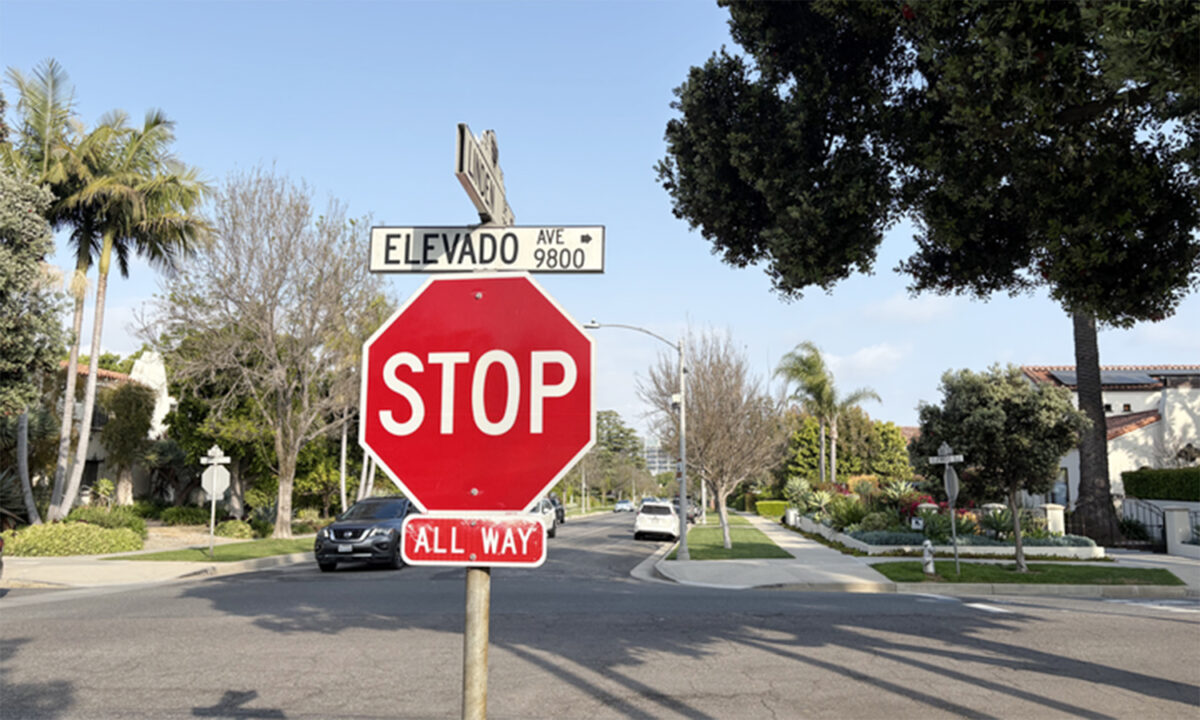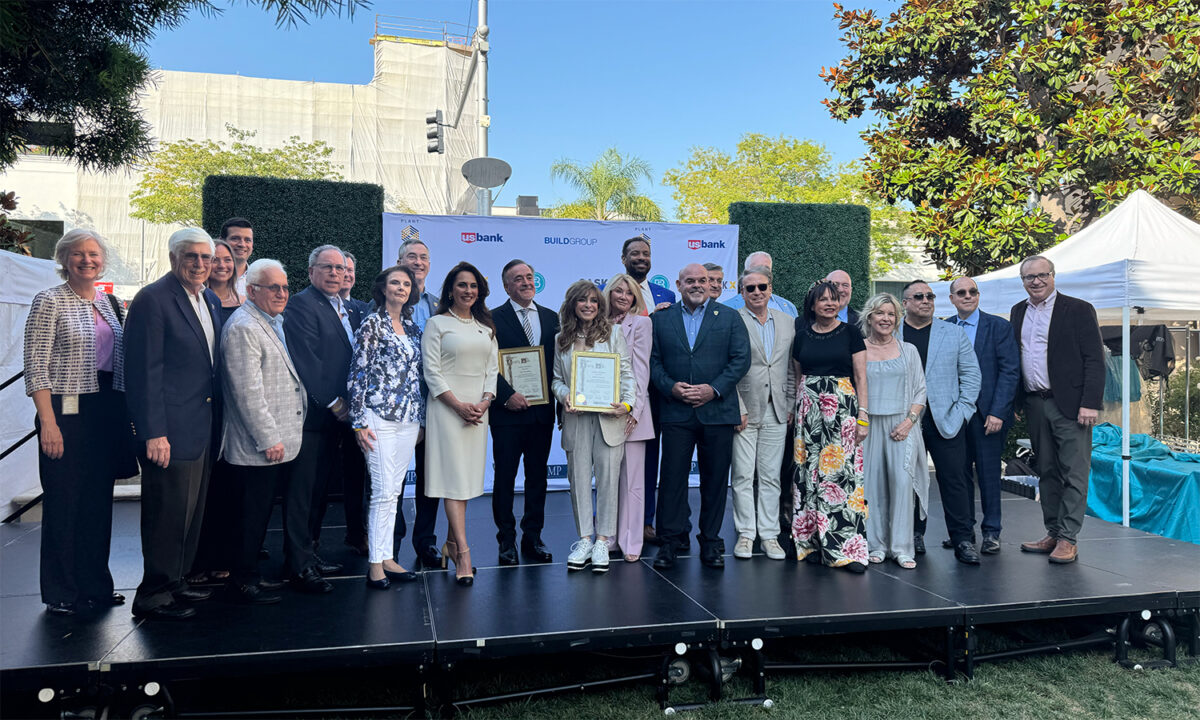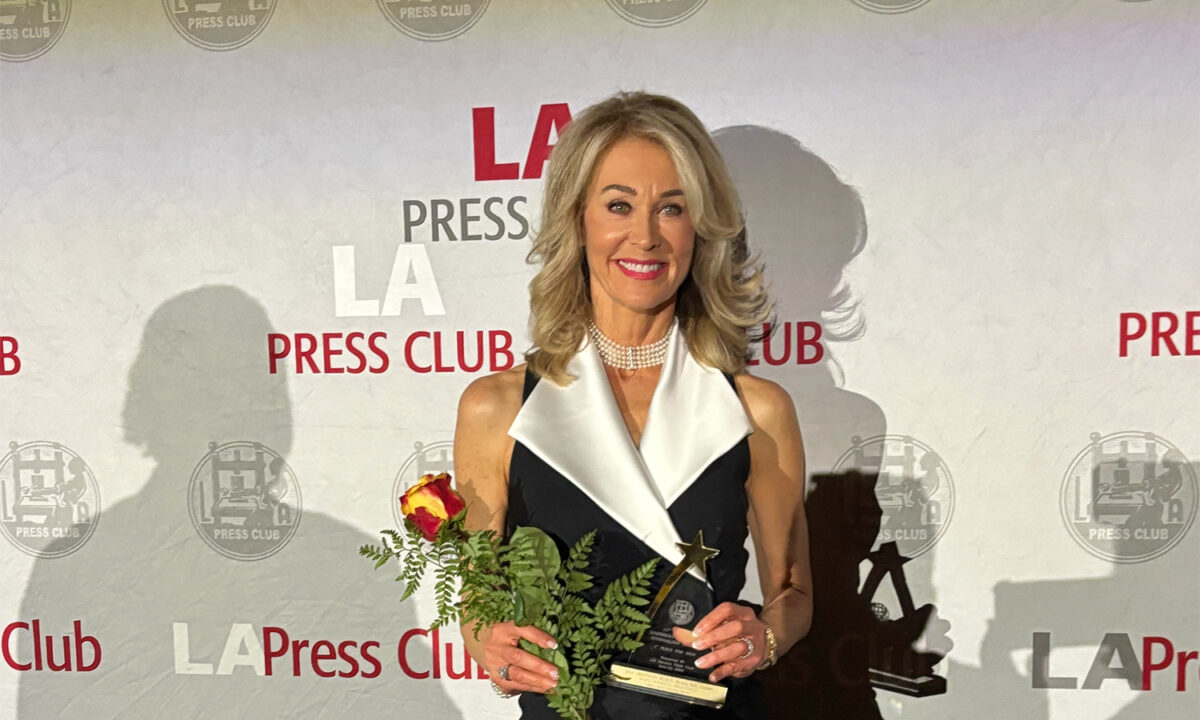The Beverly Hills Fire Department is taking part in a new nationwide Emergency Triage, Treat and Transport (ET3) pilot program. Developed by the Centers for Medicare & Medicaid Services (CMS), ET3 is designed to expand patient access to the most appropriate emergency medical transport services. Significantly, Beverly Hills was one of only five fire agencies in the state selected to participate in ET3. (The others are the City and County of San Francisco, Contra Costa County Fire Protection District, Downieville Fire Protection District and the Los Angeles Fire Department.)
According to officials at CMS, the impetus for the program is to provide flexibility and cost-savings to Medicare recipients who call for emergency ground ambulance services. “Most beneficiaries who call 911 with a medical emergency are transported to a hospital emergency department, even when a lower-acuity destination may be more appropriate,” said CMS Administrator Seema Verma. Through ET3, Medicare will now reimburse for transporting patients to alternative destinations (such as a primary care doctor’s office or an urgent care clinic), or to initiate and facilitate treatment in place by a qualified health care practitioner, either in-person on the scene or via telehealth.
“The objectives of ET3 are a perfect complement to the City’s nurse practitioner program,” said Beverly Hills Fire Department EMS Administrator Sean Stokes.
“The timing of the ET3 program was especially fortuitous for us as we’ve been moving forward in implementing our nurse practitioner program,” Stokes told the Courier.
Currently, when a 911 call comes in, the City’s engine and one of three paramedic rescue vehicles respond. A determination is made as to whether a nurse practitioner should respond as well. On the proactive side, the nurse practitioner will also follow up with home visits.
Thus far, the nurse practitioner program is helping to ensure the highest level of response for the community, said Beverly Hills Fire Chief Greg Barton. But, the City is bearing all the costs.
“We launched the nurse practitioner program over a year ago. But we have not been able to obtain reimbursement for those services until now. We applied to take part in the pilot ET3 program, which will enable us to recoup some funding for the department. Now, our nurse practitioner can go and stitch up a person and the City can bill Medicare for it,” said Barton.
In addition to providing care through on-site nurse practitioner services, the ET3 model allows for alternate transport. While the L.A. County EMS Agency regulations prevent City paramedics from deviating from emergency room transport, nurse practitioners are allowed to do so.
According to Stokes, “The next step is for the City to reach out to willing providers to see if they want to participate in this model as well. We’ve already started down that road. There aren’t too many urgent care facilities in Beverly Hills. Cedars-Sinai is the largest. We’ve been in discussions with them for some time. I think we’ll see many more providers, urgent care facilities, hospitals and physicians take an interest now that we’re participating in this program.”
Although ET3 applies only to Medicare patients, Stokes is hopeful it could set an example for other segments of the insurance industry.
“We have a large Medicare population in Beverly Hills, so many of our patients would be covered. But obviously, if it is a child who needs emergency services, this program wouldn’t apply. Our understanding is as ET3 matures– it’s a five-year pilot– then a lot of commercial payers will follow Medicare’s lead,” said Stokes.
He added, “We’re talking to Blue Shield of California to see if we can launch a pilot program of reimbursements for patients that our nurse practitioner sees in field. It’s a little bit of a slow process, but we will now share with them the information about ET3,” said Stokes.
Barton is especially proud of the fact that other fire departments in the state are looking to Beverly Hills for inspiration.
“Other departments have reached out to us as a model for the nurse practitioner program. The issue has always been, how do you recover some of the costs? Now, everyone’s waiting to see how we do it,” he said. Barton added: “50 years ago, fire service went to paramedics. We believe this is the next step in the whole process. It could change the way fire departments deliver services. If it works, we can see this becoming the new model.”







